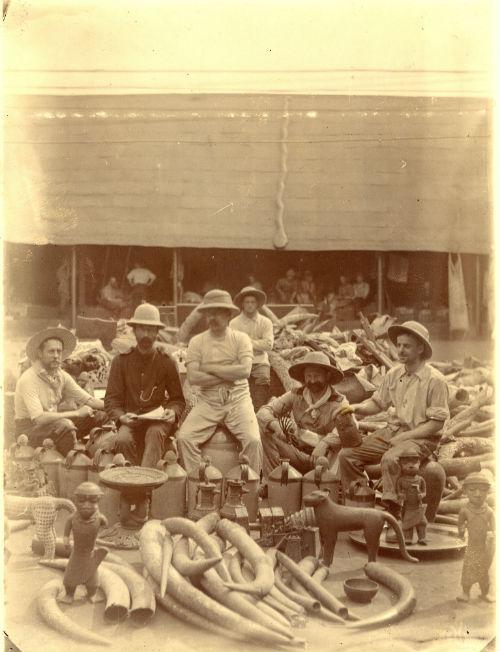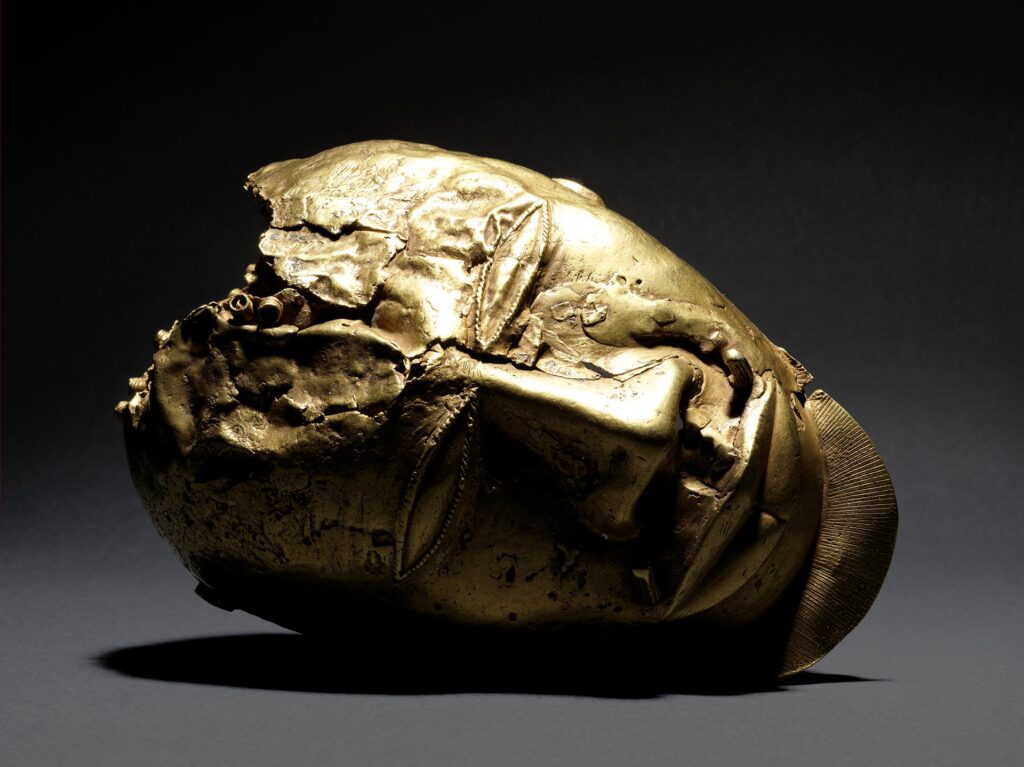In recent years, the call for the decolonization of museums in Europe and North American as intensified all over the word. In museums such as the British Museum and the Metropolitan Museum of Art and the American Museum of Natural History, thousands, if not millions, of objects that were acquired from various countries around the world. Most of these countries were under the control of some European power through which some artifacts were obtained. Famous cases like the Benin Bronzes has been used to to lead the discussion on why objects such as the Benin Bronzes, the Golden Head of Karikari should be returned.

Currently, there no request from the Ghanaian government or the Asante kingdom for the return of any of the Asante artifacts current at the American Museum of Natural History. While that is the case, the Ghanaian government has been actively engaged in the discussion surrounding repatriation since 1957 when Ghana gained independence. The Ghanaian government’s efforts have been largely unsuccessful. However, there has been some success by the Ghanaian, in 2009, The Dutch government returned the preserved head of a 17th-century king (Badu Bonsu II), who fought the Dutch in 1838.

A short video surrounding repatriation
Congolese Activist, Mwazulu Diyabanza defends his action of taking artifacts from European Museums.
African Support for Diyabanza at his hearing

